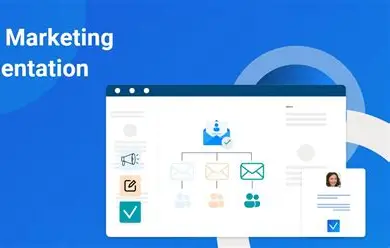Herein this article, we discussed the meaning of email segmentation, why segmentation matters, core segmentation strategies, tools for effective segmentation, best practices.
What is the Meaning of Email Segmentation?
Email segmentation is a strategy that allows marketers to divide subscribers into smaller groups based on specific criteria, including demographics, behavior, needs, purchases, and interaction history.
Why Segmentation Matters
According to research by Mailchimp, segmented email campaign earns 14.3% higher open rates and 100.95% more clicks than nom- segmented ones. Segmentation not only improves performances but also builds stronger customer relationship by showing subscribers you understand them.
Core Segmentation Strategies
- Demographics: Segment by age, gender, location, job title or income level. For example, a fashion retailer might send different campaigns to men and woman or adjust promotions based on seasonal weather in different regions.
- Behavioral Data: Using customers action to segment your list like what categories or product are they viewing? Are they opening clicking or ignoring your emails, what have they bought and how often. Behavioral segmentation helps trigger highly relevant messages such as abandoned cart email or product recommendations.
- Customers Lifestyle Stage: Tailor messages to where subscriber is in the buyer journey. Educate and build trust, offer onboarding content or incentives, reward them with VIP offer, send win- back campaign.
- Psychographics and Interests: Use surveys or preference centers to understand your audience’s interest, values or lifestyle preferences. This deeper insight lets you craft content that truly resonates.
- Engagement Level: Some users open email while other haven’t clicked in months. Segment based on engagement to adjust your frequency and messaging perhaps giving less- engaged users a re- engagement sequence or allowing them to change their email preference.
Tool for Effective Segmentation
Modern email marketing platforms like Mailchimp, klaviyo and active campaign offer robust segmentation tools. Integration with your CRM and website analytics ensures you are working with rich, actionable data.
Best Practices
. Start simple: Begin with one or two segment and test their performance.
. Keep Lists Clean: Regularly update and clean your segment to ensure accuracy.
. A/B Test: Experiment with subject lines, send times and content formats within each segment
. Respect Privacy: Be transparent about data usage and allow user to manage their preferences.
CONCLUSION
Segmentation is not just a marketing tactic, but it is a mindset. It is about seeing your subscriber as individual with unique needs and interests. By embracing a smart segmentation strategy, you will increase engagement, drive conversion and build loyalty one personalized email at a time.


